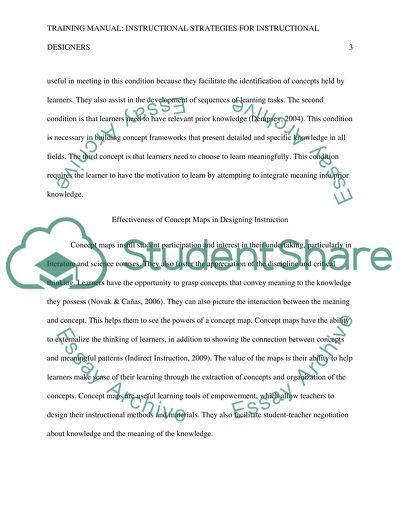Cite this document
(“Training Manual : Instructional Strategies for Instructional Designers Essay”, n.d.)
Training Manual : Instructional Strategies for Instructional Designers Essay. Retrieved from https://studentshare.org/education/1650147-training-manual-instructional-strategies-for-instructional-designers
Training Manual : Instructional Strategies for Instructional Designers Essay. Retrieved from https://studentshare.org/education/1650147-training-manual-instructional-strategies-for-instructional-designers
(Training Manual : Instructional Strategies for Instructional Designers Essay)
Training Manual : Instructional Strategies for Instructional Designers Essay. https://studentshare.org/education/1650147-training-manual-instructional-strategies-for-instructional-designers.
Training Manual : Instructional Strategies for Instructional Designers Essay. https://studentshare.org/education/1650147-training-manual-instructional-strategies-for-instructional-designers.
“Training Manual : Instructional Strategies for Instructional Designers Essay”, n.d. https://studentshare.org/education/1650147-training-manual-instructional-strategies-for-instructional-designers.


